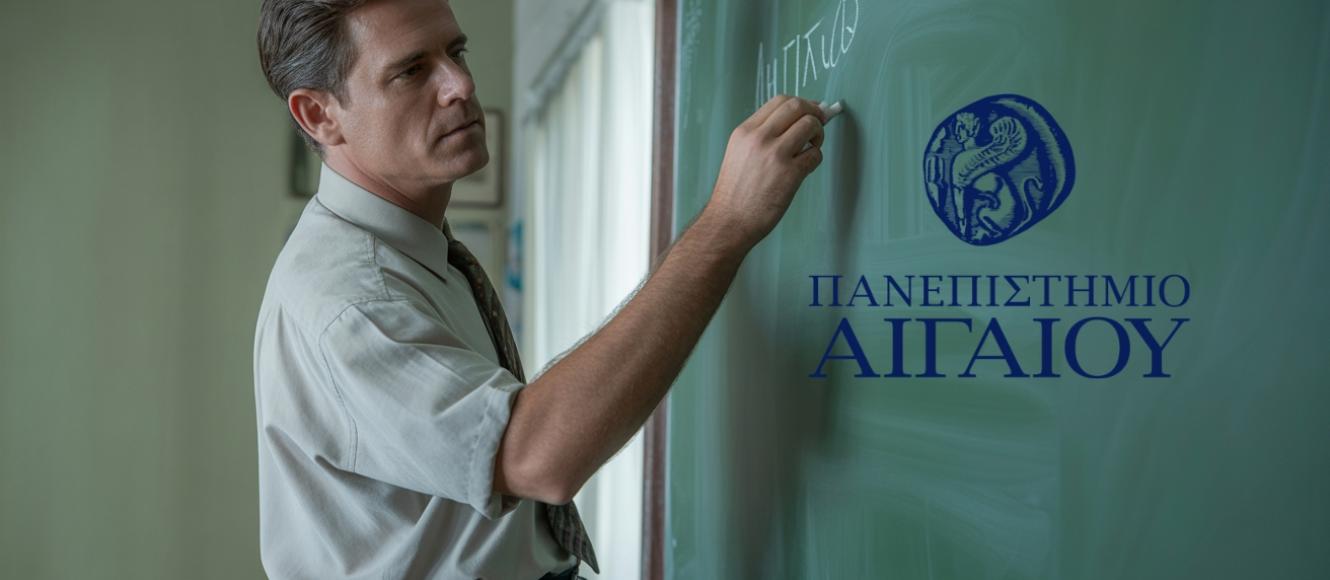Inspire4Nature (www.inspire4nature.eu) is a PhD training network at the interface between the science and the policy of international biodiversity conservation, funded by the EU Horizon2020 Marie Skłodowska-Curie Actions. We are now recruiting 15 PhD positions – each one of them in collaboration with one (or more) leading international conservation organizations!
Project 1 - Advancing quantitative analyses for IUCN Red List assessments of species’ risk of extinction: Based at Sapienza University (Rome, Italy), in collaboration with BirdLife International. http://www.inspire4nature.eu/phdpositions/project1/
Project 2 - How will halting biodiversity loss affect the achievement of other Sustainable Development Goals? Based at Sapienza University (Rome, Italy), in collaboration with UNEP-WCMC and University College London. http://www.inspire4nature.eu/phdpositions/project2/
Project 3 - Global scenarios of terrestrial vertebrate diversity. Based at University College London (London, UK), in collaboration with the Zoological Society of London. http://www.inspire4nature.eu/phdpositions/project3/
Project 4 - Projected effect of global change on species’ change in extinction risk. Based at Sapienza University (Rome, Italy), in collaboration with BirdLife International. http://www.inspire4nature.eu/phdpositions/project4/
Project 5 - Measuring the impact conservation makes on trends in species’ populations. Based at University College London (London, UK), in collaboration with the Zoological Society of London. http://www.inspire4nature.eu/phdpositions/project5/
Project 6 - The effectiveness of protected areas at avoiding species extinctions. Based at the CEFE-CNRS (Montpellier, France), in collaboration with BirdLife International and UNEP-WCMC. http://www.inspire4nature.eu/phdpositions/project6/
Project 7 - Permeability of European Protected Areas in the face of Invasive Alien Species. Based at the CEFE-CNRS (Montpellier, France), in collaboration with IUCN and UNEP-WCMC. http://www.inspire4nature.eu/phdpositions/project7/
Project 8 - Understanding impacts of scale on the Red List Index: a case study on European vertebrates. Based at the Leibniz-Institut für Gewässerökologie und Binnenfischerei (Berlin, Germany) in collaboration with IUCN. http://www.inspire4nature.eu/phdpositions/project8/
Project 9 - Advancing sampled approaches to established metrics for assessing trends in biodiversity. Based at University College London (London, UK), in collaboration with the Zoological Society of London. http://www.inspire4nature.eu/phdpositions/project9/
Project 10 - Tracking changes in protection of Greek Key Biodiversity Areas. Based at the Hellenic Centre for Marine Research (Anavyssos, Greece), in collaboration with the IUCN and the National and Kapodistrian University of Athens. http://www.inspire4nature.eu/phdpositions/project10/
Project 11 - Understanding the implications of temporal dynamics of Protected Area boundaries and designations for Protected Area-based biodiversity indicators. Based at the University of Copenhagen (Copenhagen, Denmark), in collaboration with UNEP-WCMC. http://www.inspire4nature.eu/phdpositions/project11/
Project 12 - Contribution of conservation areas outside formal protected areas to biodiversity conservation and sustainable development. Based at the University of Copenhagen (Copenhagen, Denmark), in collaboration with UNEP-WCMC and BirdLife International. http://www.inspire4nature.eu/phdpositions/project12/
Project 13 - Where will further Key Biodiversity Areas be identified? A modelling approach to focus efforts. Based at Sapienza University (Rome, Italy), in collaboration with BirdLife International. http://www.inspire4nature.eu/phdpositions/project13/
Project 14 - Understanding declines of Afro-Palearctic migratory birds. Based at the CEFE-CNRS (Montpellier, France), in collaboration with BirdLife International, Instituto Superior de Agronomia, RSPB and BTO. http://www.inspire4nature.eu/phdpositions/project14/
Project 15 - Identifying Marine Key Biodiversity Areas using tracking data. Based at ISPA-Instituto Universitário (Lisbon, Portugal), in collaboration with BirdLife International and RSPB. http://www.inspire4nature.eu/phdpositions/project15/
Καταληκτική ημερομηνία: Παρασκευή 27 Απριλίου 2018
Για να δείτε περισσότερες πληροφορίες πατήστε ΕΔΩ
Όλες οι σημαντικές και έκτακτες ειδήσεις σήμερα
Έκτακτο επίδομα έως 1.700 ευρώ σε εργαζόμενους του ιδιωτικού τομέα
Η πιο εύκολη Πιστοποίηση Αγγλικών στην Ελλάδα σε 2 ημέρες στα χέρια σου - Δίνεις από το σπίτι σου
Παν.Πατρών: Tο 1ο στην Ελλάδα Πανεπιστημιακό Πιστοποιητικό ΤΕΧΝΗΤΗΣ ΝΟΗΜΟΣΥΝΗΣ για εκπαιδευτικούς
Πανεπιστήμιο Αιγαίου: Το κορυφαίο πρόγραμμα ειδικής αγωγής στην Ελλάδα - Αιτήσεις έως 14/12
Μοριοδοτούμενο σεμινάριο Ειδικής Αγωγής Πανεπιστημίου Πατρών με μόνο 60 ευρώ


 Alfavita Newsroom
Alfavita Newsroom 



